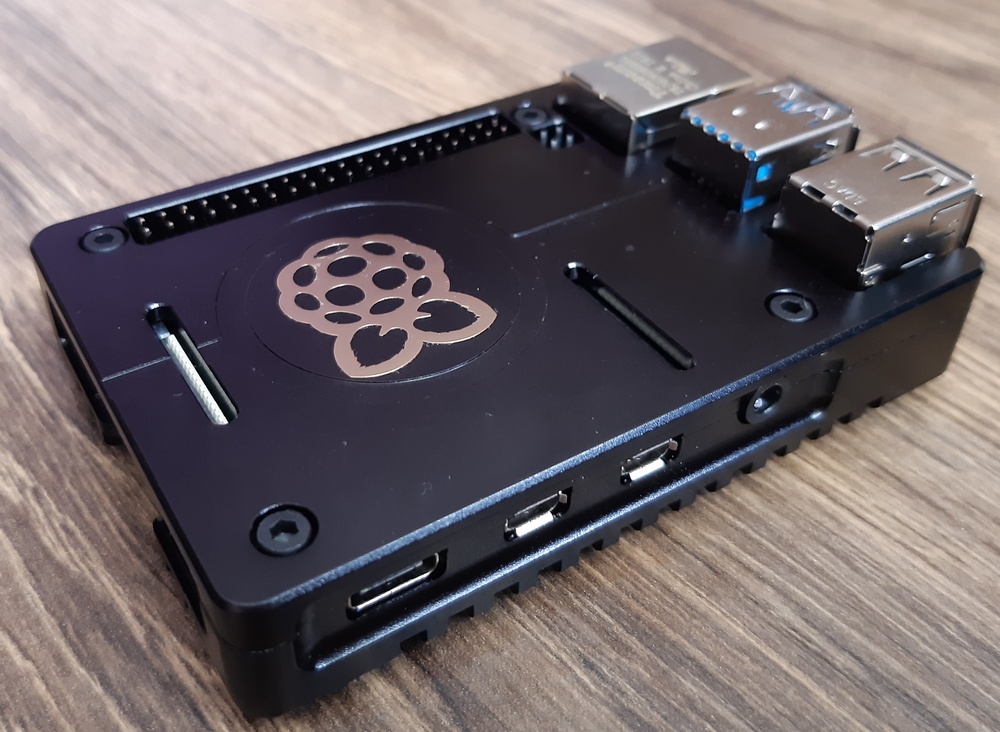

The card runs MikroTik RouterOS the three network ports are attached to the A元2400 SoC, which is the same SoC Amazon used in the ~third generation of their AWS Nitro network and storage virtualization system cards. 4GB of RAM + 128MiB parallel NAND (why, MikroTik? a 4-8GB eMMC costs the same, and would let you run containers on it…).An Annapurna Labs (Amazon) A元2400 SmartNIC SoC (quad-core Cortex-A57 1.7GHz).Now all you need is to get that config file either by plugging in a thumb-drive or by simply copying it to your samba share (that we set up in the first DietPi post that we set up here).The MikroTik CCR2004-1G-2XS-PCIe is a SmartNIC/Router-NIC/poor man’s DPU equipped with: Since I’m running it as dietpi my directory is /home/dietpi/ovpns: PiVPN will generate an ovpn config file and place it in its home users ovpns directory. To generate a config without a password use the following command: pivpn add USERNAME nopass Where USERNAME is the desired name of the VPN user you want to add. To generate a configuration simply run: pivpn add USERNAME Wait for the Raspberry to reboot and than ssh back in. Select the DNS provider (i recommend Google or Level3): Note: if you select DNS it won’t read the Raspberry’s hostname, but instead ask you to manually input an entry yourself Select either IP or DNS (that will be used in the config generation): I suggest going with 2048, but even that will take an hour to generate on a Raspberry: Leave the default port of 1194 (remember this is not public facing, so you can always use a different port in your router when port forwarding): I highly suggest enabling the unattended security upgrades: Leave either dietpi as the user or select pivpn if you want to better isolation: Than the PiVPN install wizzard will start, hit Ok:Īnd again (well in this case it’s Yes, but you get the idea): Wait for it to install the needed packages: Near the bottom of the list, at position 117 you will find PiVPN, select it and press Ok: To install it first you want to log in via ssh: This is a follow up article to network-wide adblock with a Raspberry Pi the lazy. If you followed that article then the Raspberry (or equivalent) is already deeply integrated into your network, why not add it some other network related roles like for example VPN? Luckily there is a fully fledged OpenVPN based package in DietPi as well that can use UPD (unlike RouterOS at the moment) and has a really nice command line utility for managing certificates.


 0 kommentar(er)
0 kommentar(er)
